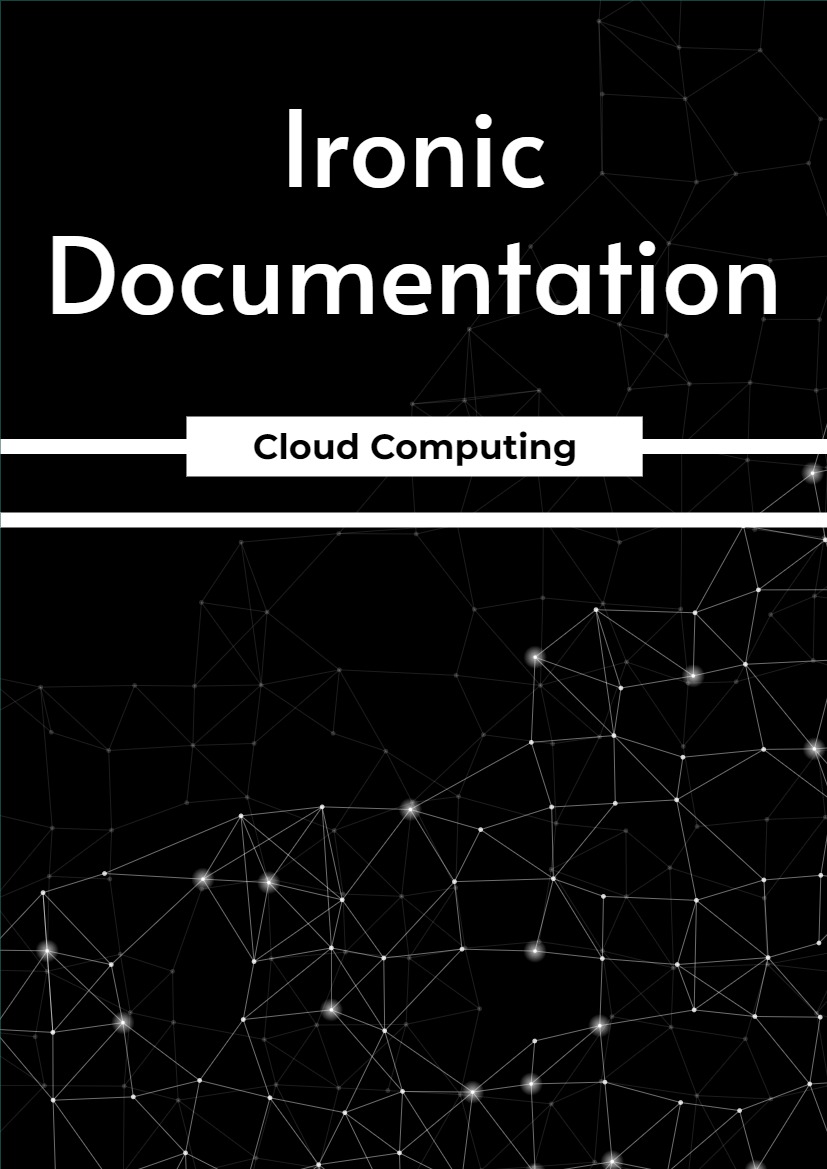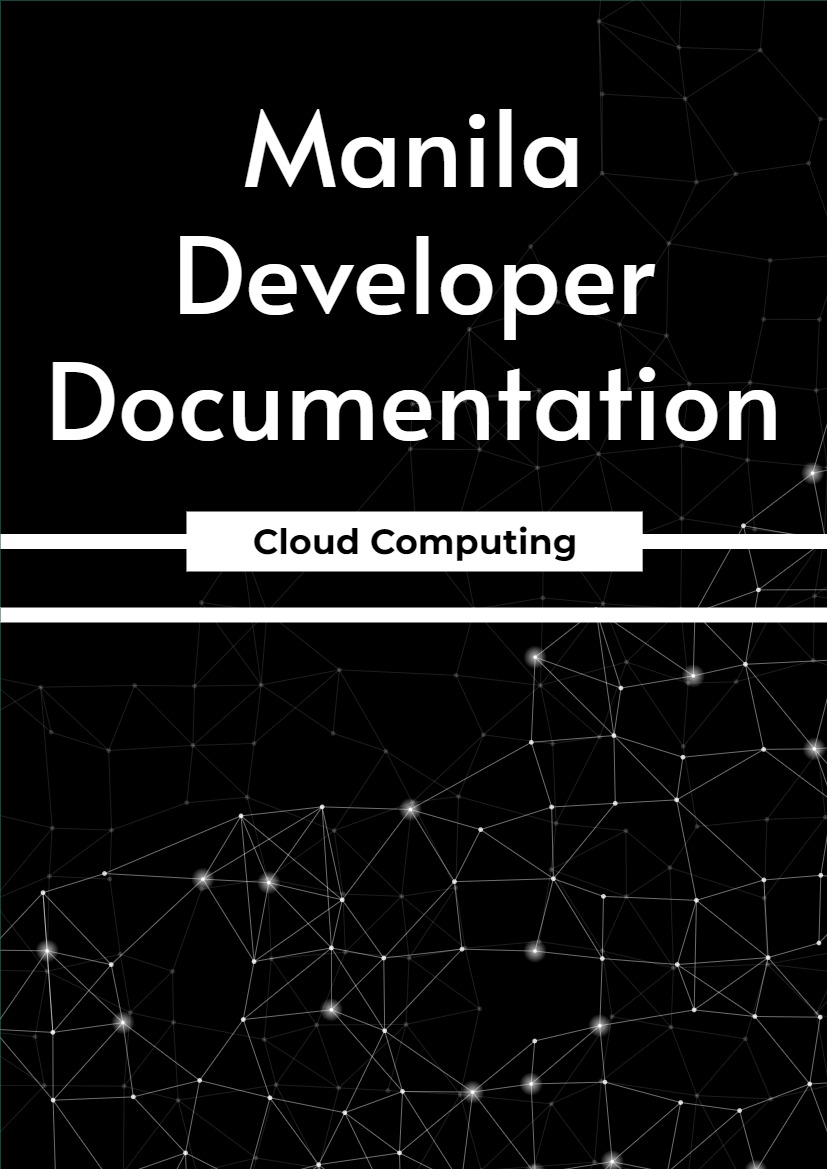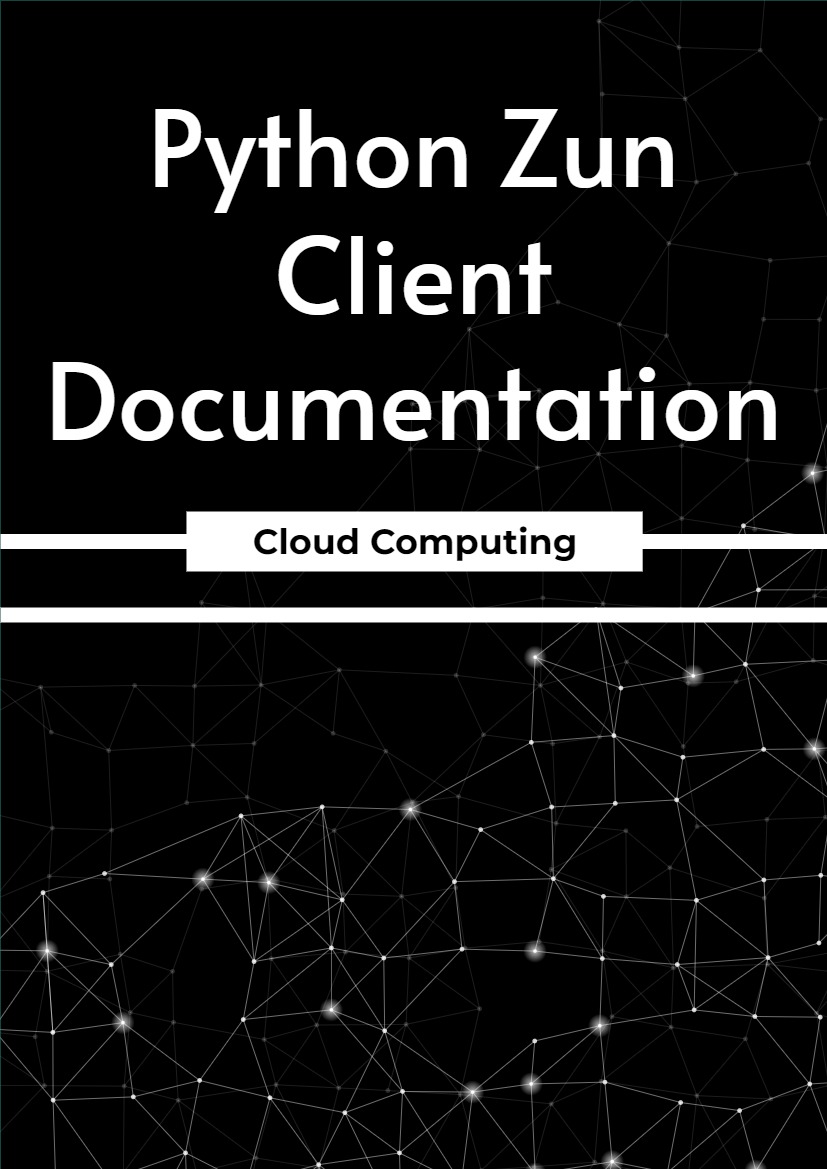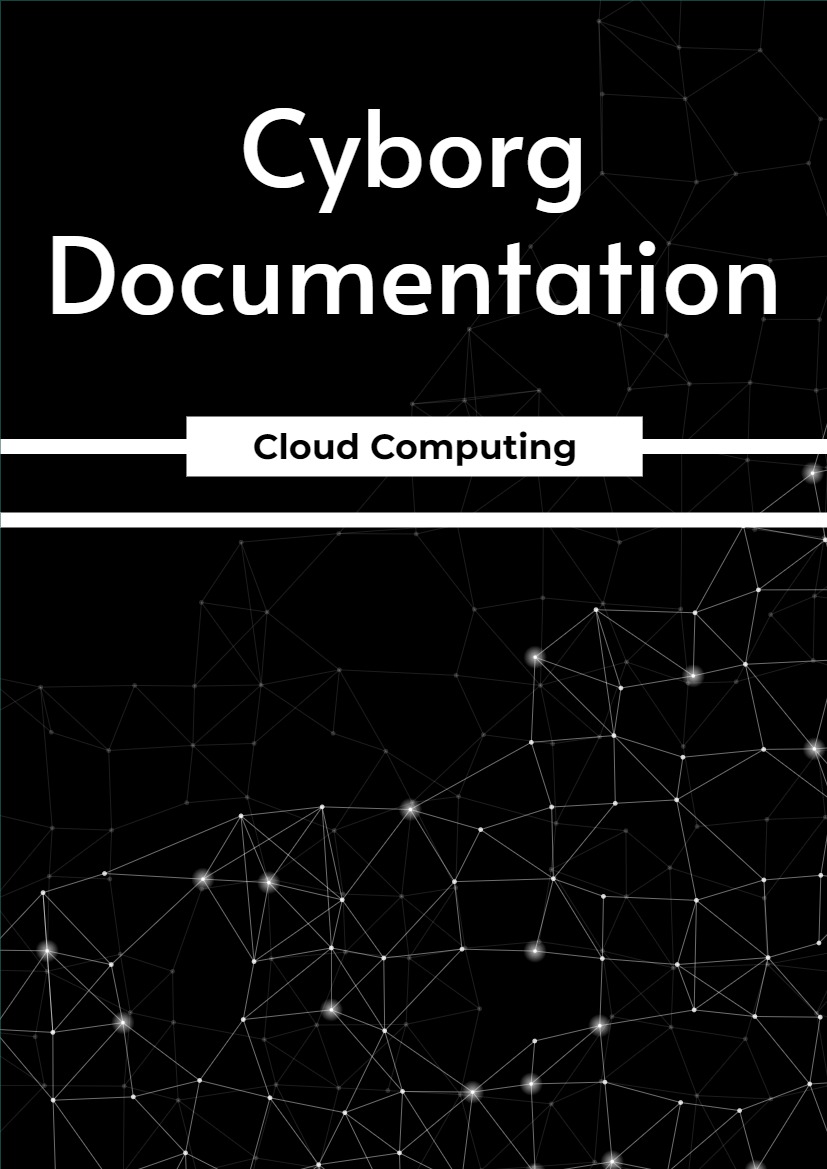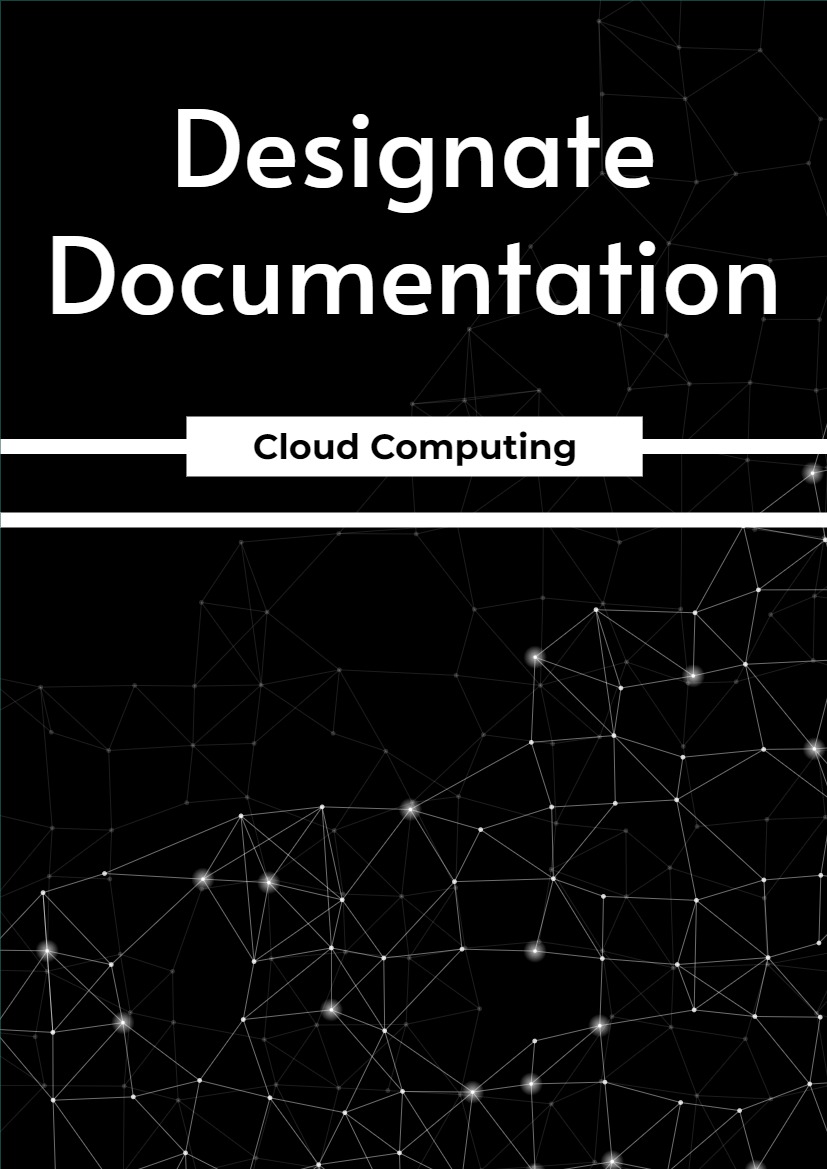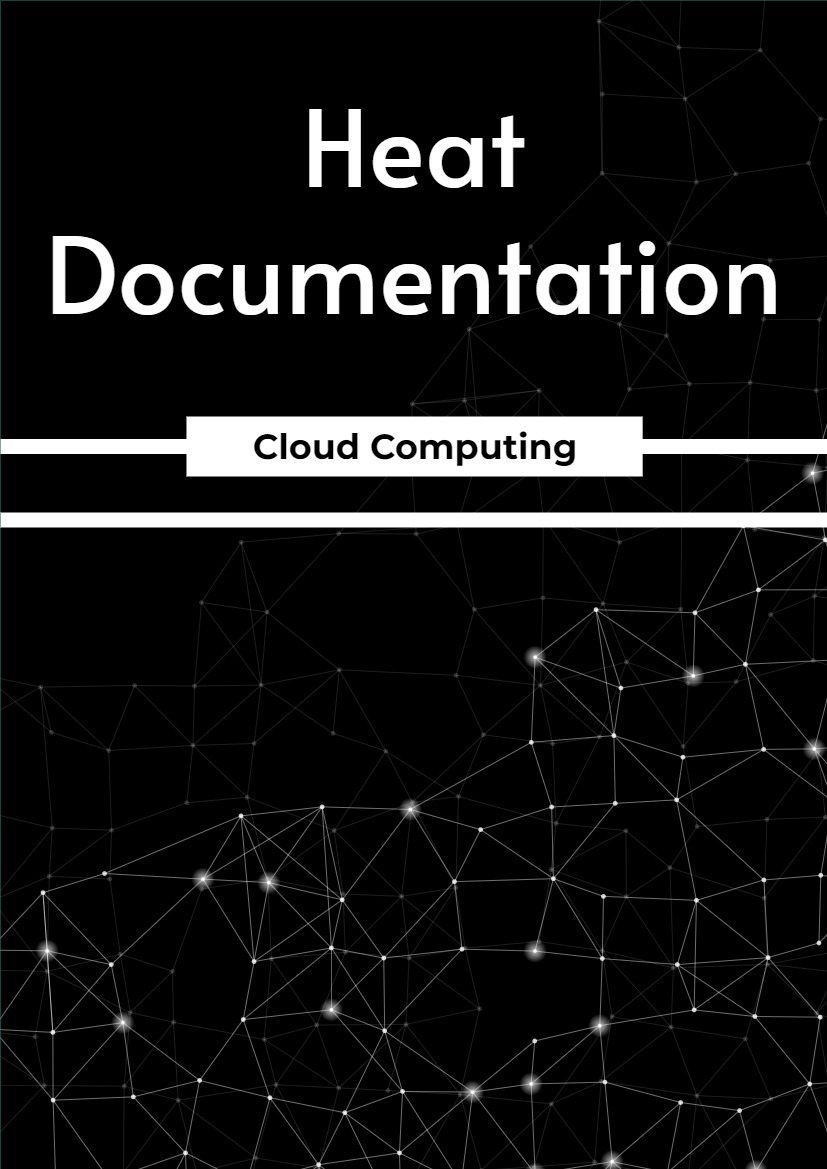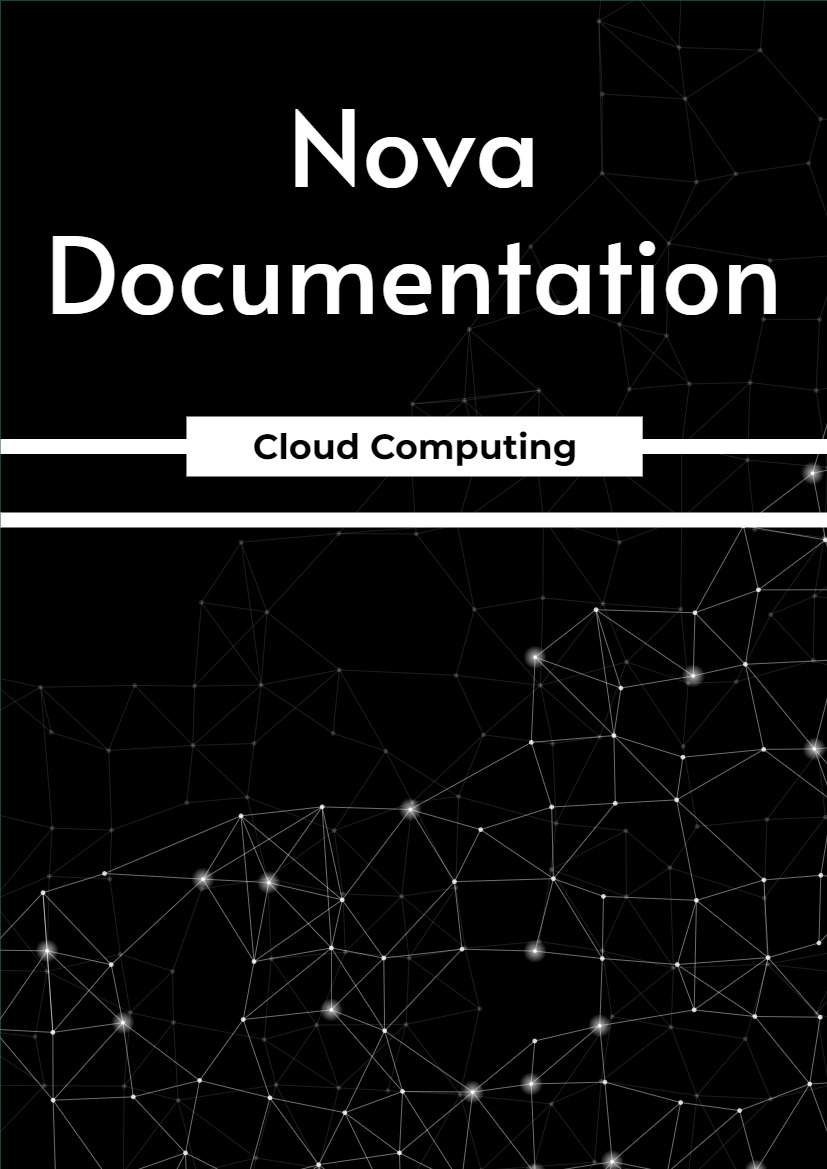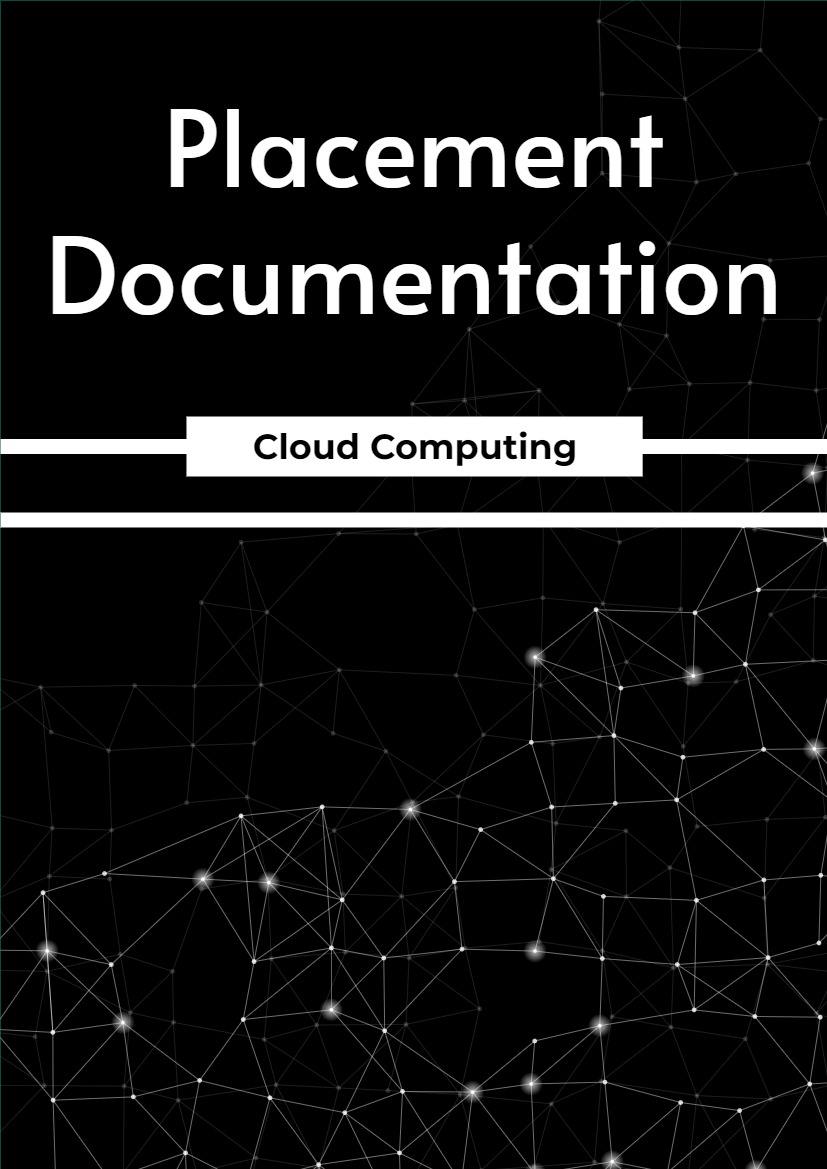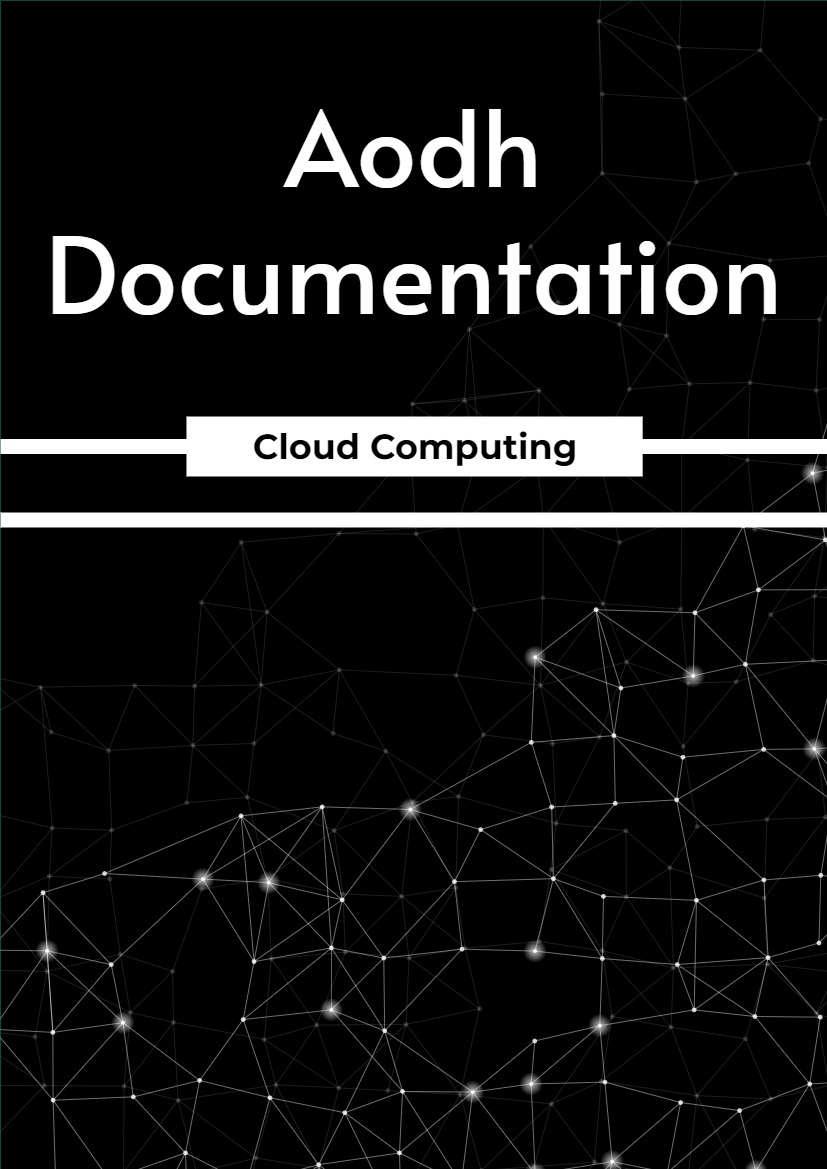Chapter One – Introduction
Ironic is an OpenStack project which provisions bare metal (as opposed to virtual) machines. It may be used independently or as part of an OpenStack Cloud, and integrates with the OpenStack Identity (keystone), Compute (nova), Network (neutron), Image (glance), and Object (swift) services.
The Bare Metal service manages hardware through both common (eg. PXE and IPMI) and vendor- specific remote management protocols. It provides the cloud operator with a unified interface to a heterogeneous fleet of servers while also providing the Compute service with an interface that allows physical servers to be managed as though they were virtual machines.
This documentation is continually updated and may not represent the state of the project at any specific prior release. To access documentation for a previous release of ironic, append the OpenStack release name to the URL; for example, the ocata release is available at https://docs.openstack.org/ironic/ocata/.
Chapter Two – Installation Guide
2.1 Bare Metal Service Installation Guide
The Bare Metal service is a collection of components that provides support to manage and provision physical machines. This chapter assumes a working setup of OpenStack following the OpenStack Installation Guides. It contains the following sections:
2.1.1 Bare Metal service overview
The Bare Metal service, codenamed ironic, is a collection of components that provides support to manage and provision physical machines.
Bare Metal service components
The Bare Metal service includes the following components:
ironic-api A RESTful API that processes application requests by sending them to the ironic-conductor over remote procedure call (RPC). Can be run through WSGI or as a separate process.
ironic-conductor Adds/edits/deletes nodes; powers on/off nodes with IPMI or other vendor-specific protocol; provisions/deploys/cleans bare metal nodes. ironic-conductor uses drivers to execute operations on hardware.
ironic-python-agent A python service which is run in a temporary ramdisk to provide ironic-conductor and ironic-inspector services with remote access, in-band hardware control, and hardware introspection.
Additionally, the Bare Metal service has certain external dependencies, which are very similar to other OpenStack services:
- A database to store hardware information and state. You can set the database back-end type and location. A simple approach is to use the same database back end as the Compute service. An- other approach is to use a separate database back-end to further isolate bare metal resources (and associated metadata) from users.
- An oslo.messaging compatible queue, such as RabbitMQ. It may use the same implementation as that of the Compute service, but that is not a requirement. Used to implement RPC between ironic-api and ironic-conductor.
Deployment architecture
The Bare Metal RESTful API service is used to enroll hardware that the Bare Metal service will manage. A cloud administrator usually registers it, specifying their attributes such as MAC addresses and IPMI credentials. There can be multiple instances of the API service.
The ironic-conductor process does the bulk of the work. For security reasons, it is advisable to place it on an isolated host, since it is the only service that requires access to both the data plane and IPMI control plane.
There can be multiple instances of the conductor service to support various class of drivers and also to manage fail over. Instances of the conductor service should be on separate nodes. Each conductor can itself run many drivers to operate heterogeneous hardware. This is depicted in the following figure.
The API exposes a list of supported drivers and the names of conductor hosts servicing them.
Interaction with OpenStack components
The Bare Metal service may, depending upon configuration, interact with several other OpenStack ser- vices. This includes:
- the OpenStack Telemetry module (ceilometer) for consuming the IPMI metrics
- the OpenStack Identity service (keystone) for request authentication and to locate other Open- Stack services
- the OpenStack Image service (glance) from which to retrieve images and image meta-data
- the OpenStack Networking service (neutron) for DHCP and network configuration
- the OpenStack Compute service (nova) works with the Bare Metal service and acts as a user- facing API for instance management, while the Bare Metal service provides the admin/operator API for hardware management. The OpenStack Compute service also provides scheduling facilities (matching flavors <-> images <-> hardware), tenant quotas, IP assignment, and other services which the Bare Metal service does not, in and of itself, provide.
- the OpenStack Object Storage (swift) provides temporary storage for the configdrive, user images, deployment logs and inspection data.
